Charles M Russell National Wildlife Refuge Auto Tour
July 20 - Middle of Montana - # 45 - 2023
TJ
8/9/2023

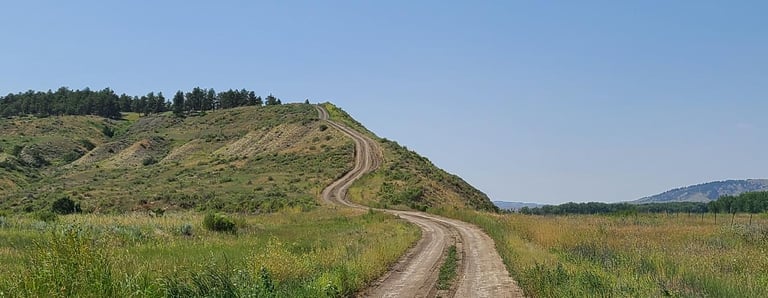
Currently, there are around 588 National Wildlife Refuges in the United States. Established in 1936, Charles M Russell NWR is the 2nd largest in the lower 48 states at 915,814 acres. Desert NWR in Nevada has 1.6 Million acres. There are 14 larger ones in Alaska, with Arctic National Wildlife Refuge being the largest at 19.28 Trillion acres.
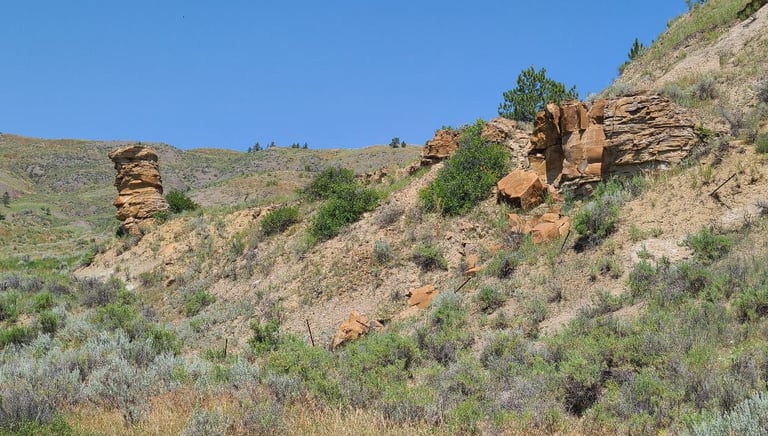

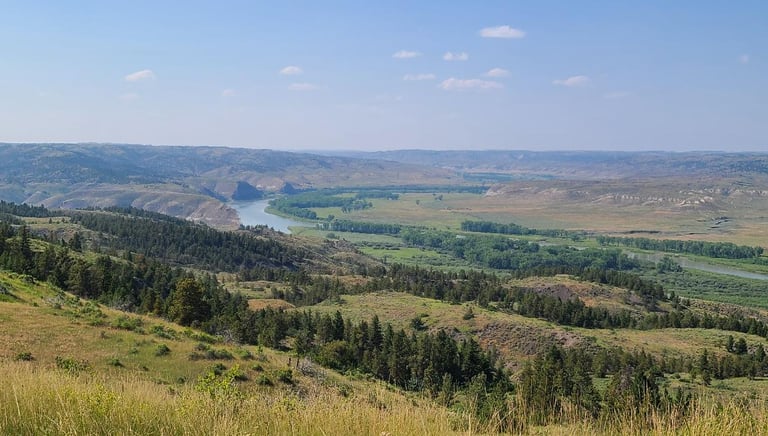

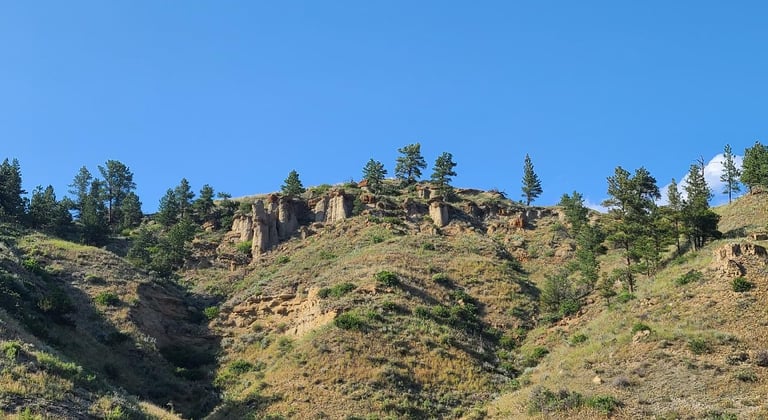




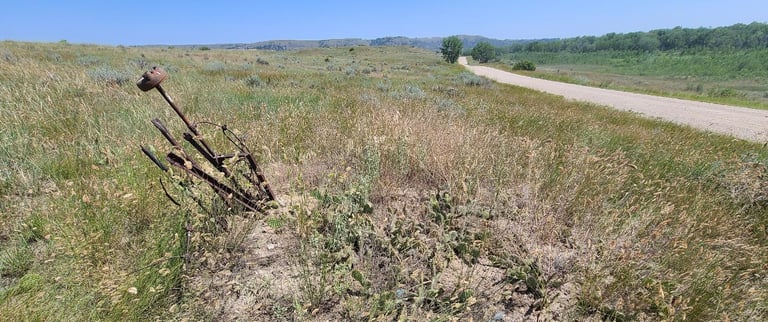
There is an Auto-Tour going through a section of the Refuge, with an entrance off US-191, 3.7 miles SW of Hwy 66. It’s a gravel road, about 19 miles long, that meanders down to the Missouri River, and returns back out to US-191 on the steep hill, about 10 miles South, near the Missouri River bridge. The Little Rocky Mountains provide a backdrop on the high prairie before the road descends. The Auto-Tour passes through Slippery Ann Elk Creek Viewing Area, which got it’s name from Cyprian Matt who had a trading post in the area many years ago. We have heard that during the rut, this area can be packed with onlookers. While we didn’t see much for big wildlife, we did see many birds, a few deer and several other smaller critters. Also, there are a few areas along the river with ruins of old buildings and artifacts left behind by the homesteaders who have moved on.
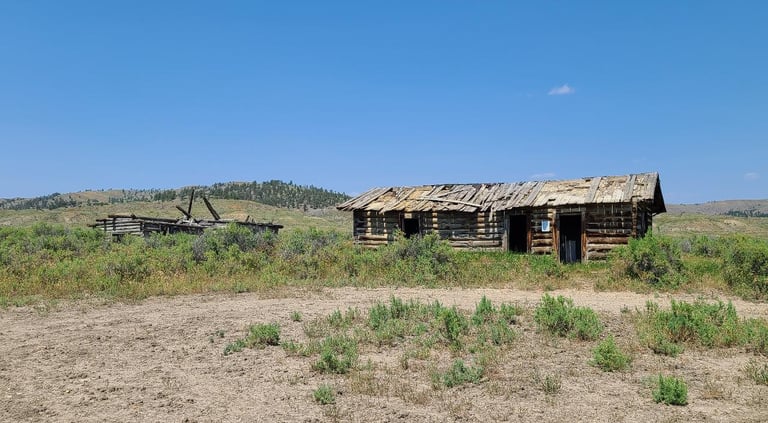

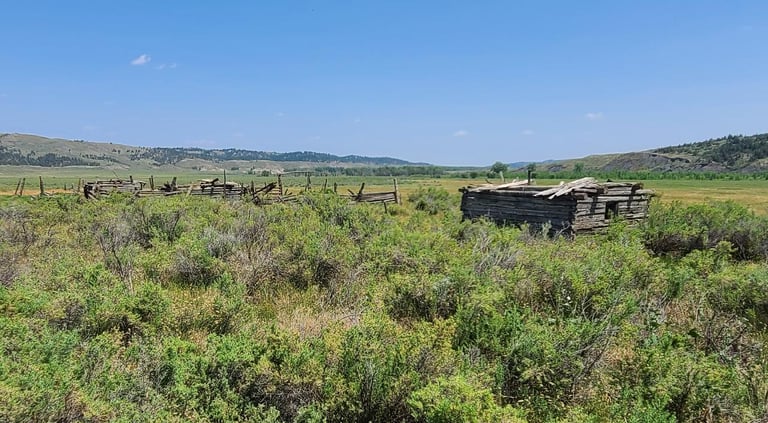

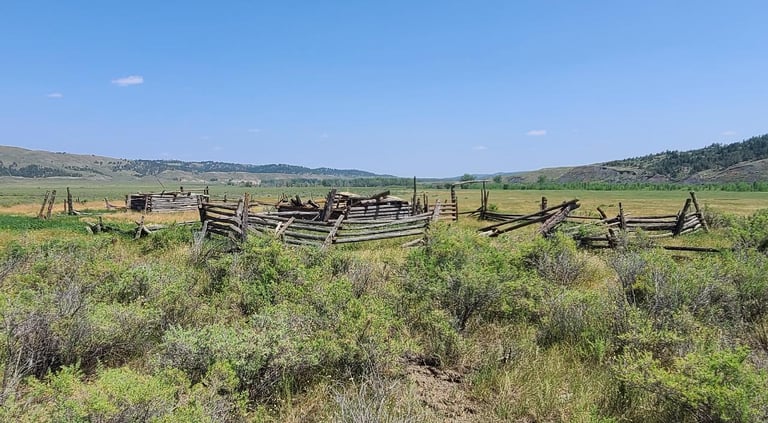

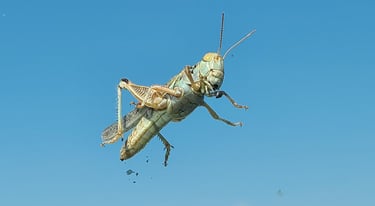

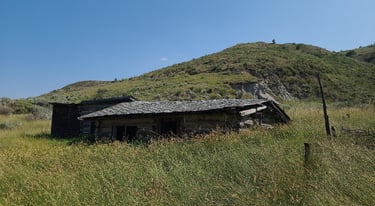

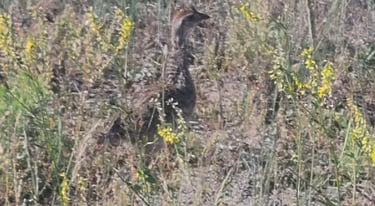

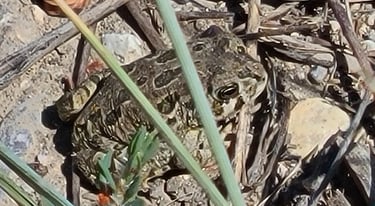



Along the Auto-Tour, we discovered a dedicated wheelchair accessible trail for hunting and observing. It looked very little used and a bit treacherous for a standard wheelchair, but I can imaging a handicapped outdoorsman likely has one equipped for this occasion.

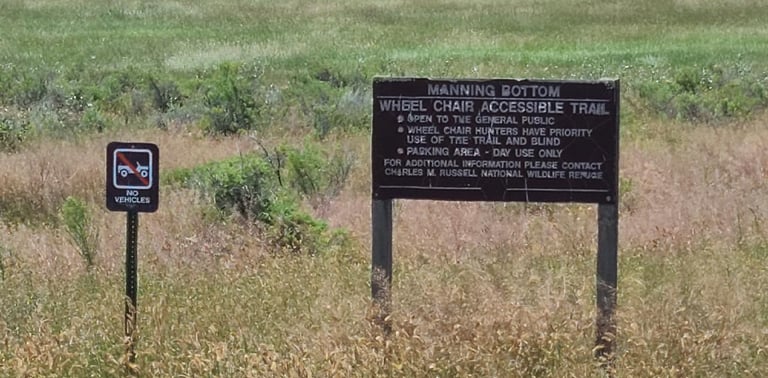

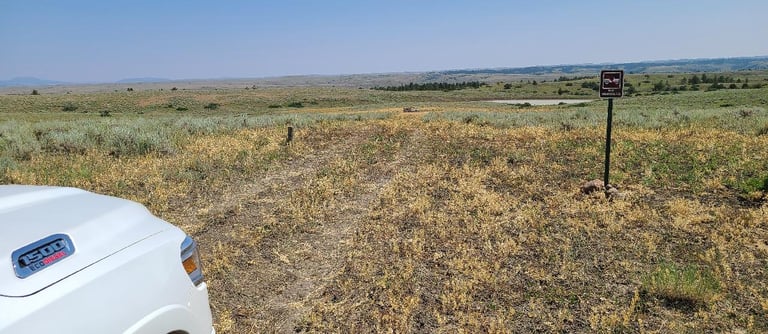
Many signs say to drive on established roads only. We stood up a “No Vehicles” sign that looked like it was intentionally taken from ground. This refuge deserves more respect to ensure the survival of all that call it home. One small disturbance can have a chain of irreparable consequences. Tire tracks can lead to erosion, which can make waters murky or natural ponds to disappear from flooding. A refuge is a place for ecotourism, where you can enjoy, admire and study natural places in an environmentally-friendly way.
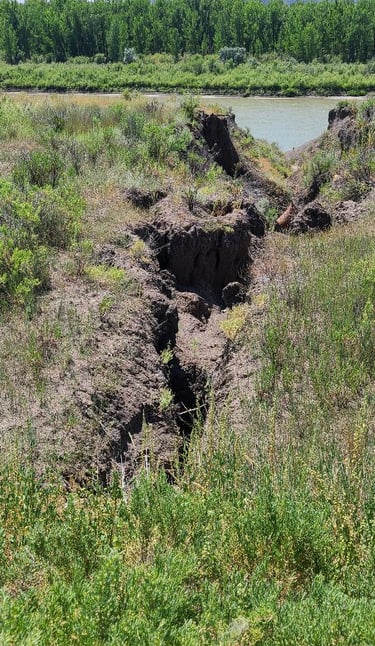

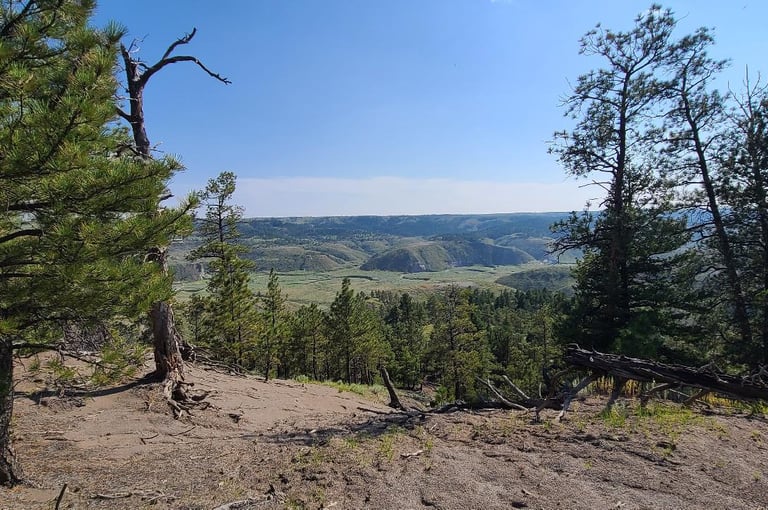

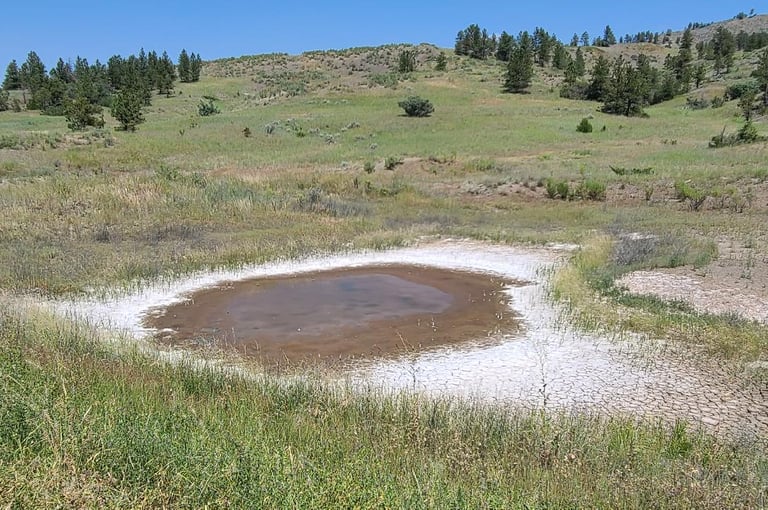


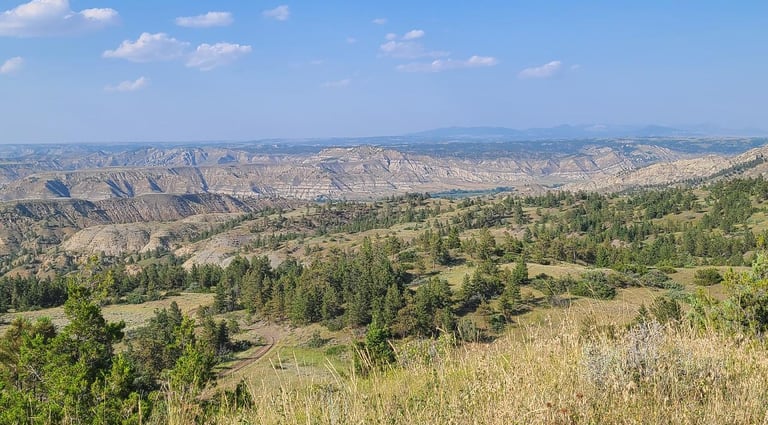
Upper Missouri Breaks National Monument occupies part of the Refuge West of US-191. It provides habitat for many species like Bighorns, Bushy-Tailed Woodrats, Porcupines, Eagles and fauna like Ponderosa Pines and Cottonwoods. Knox Ridge Road is the part of a Scenic Byway, but it is quite a treacherous maze of roads that should be left for high clearance 4x4’s, and one I highly recommend taking if given the chance. We drove Knox Ridge Road, Two Calf Road, D-Y Trail, Power Plant Road, and I could list several of the numbered roads as well, but they show up different between Google Maps and our truck’s navigation that it would confuse many. Some of them abruptly end due to heavy erosion, and others are supposed to end at the signs stating NO VEHICLES. We went in, and eventually found our way out. We did drive through several steep washes and only passed by one other moving vehicle. There are some steep sections that are heavily eroded, though we took our time and straddled the deep ruts, making our way down to the river and back up to the ridge a few times. The views and varied terrain are stunning. Photos cannot depict the depth and ruggedness of being there.
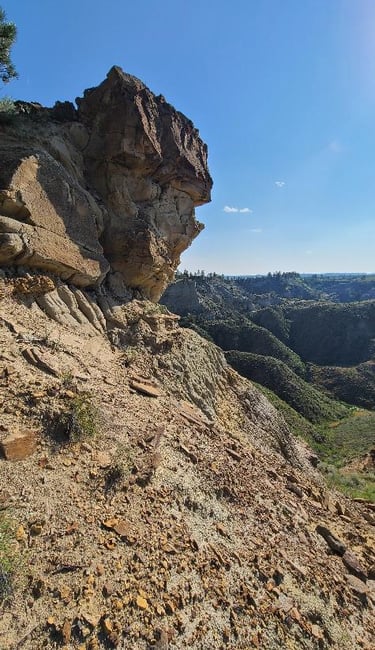

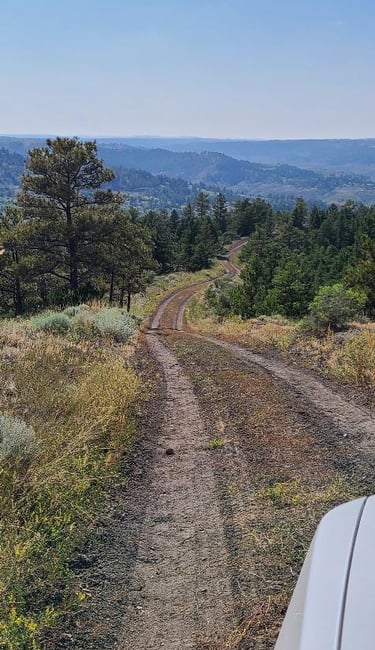


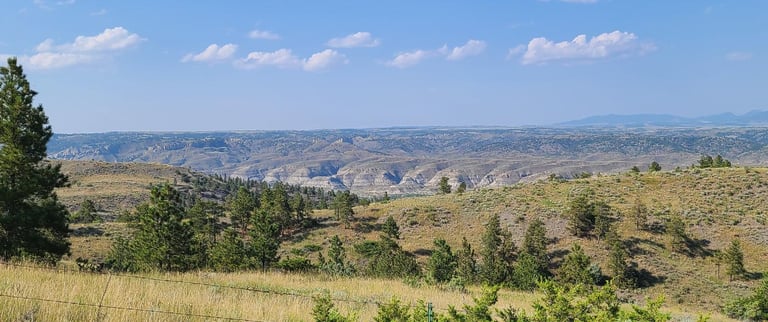

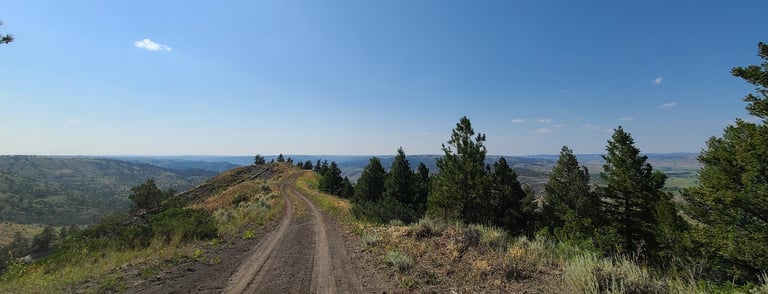
For me, taking roads like these, where I have no idea what I may find, is a much bigger thrill than any amusement park could offer. The ups, downs and tight switchbacks of a challenging dirt road combined with incredible views... AND NOBODY ELSE WAS THERE!!! This is my preferred class of setting! (As I’m writing this, we are a couple days away from going through Yellowstone and the Tetons, and while they may also be immensely spectacular places, I’m absolutely dreading the crowds we may encounter.)






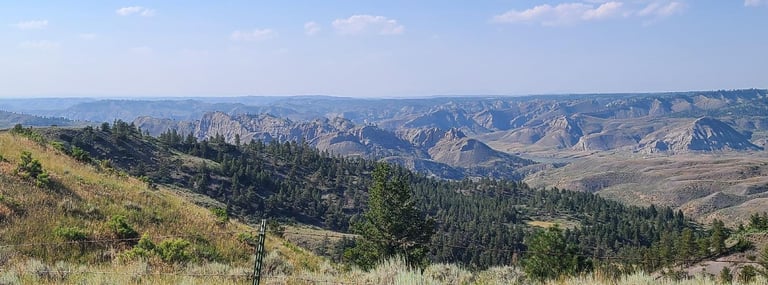

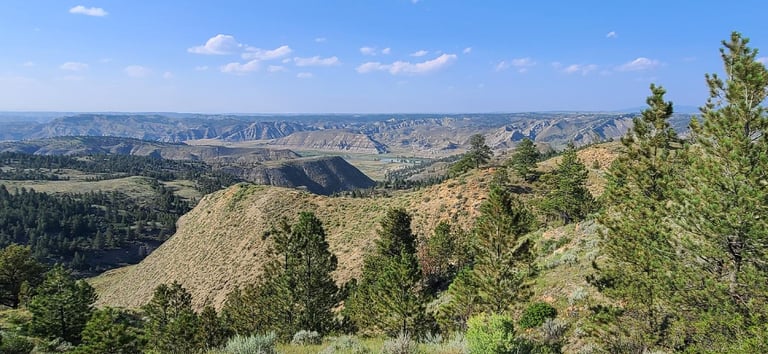

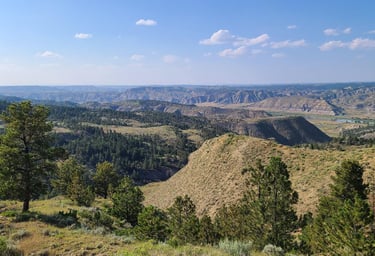

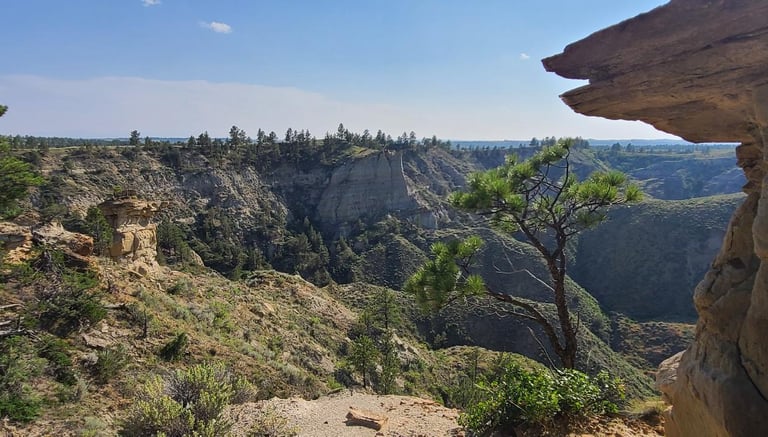

Some questions we had from the day were how those that lived here got around on these roads, what they went through to survive a bad winter, how often they would get food staples, livestock feed or building supplies, or how long it would take to seek medical attention if needed. It’s a magnificent place, but I can imagine life here was not easy. Having grown up on a farm, Winter meant trying to thaw pipes or stringing 400’ of hose to provide water for the cows, or dragging hay bales on a toboggan to feed them when the tractor wouldn’t start. It can be hard, but if there’s a will you can find a way to get through it. Use your resources... DON'T GIVE UP!


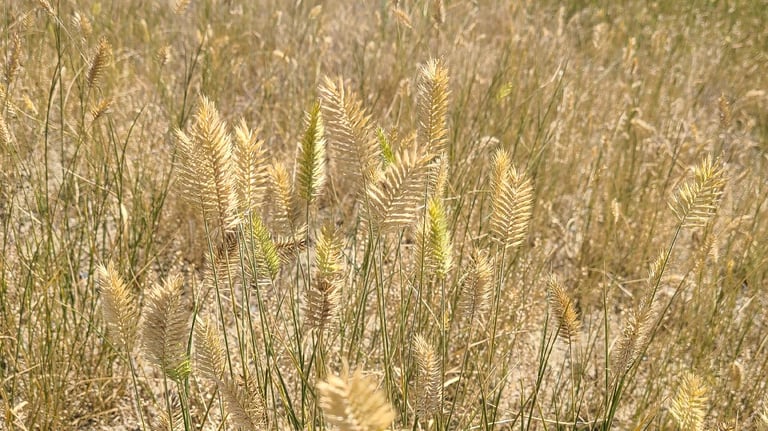

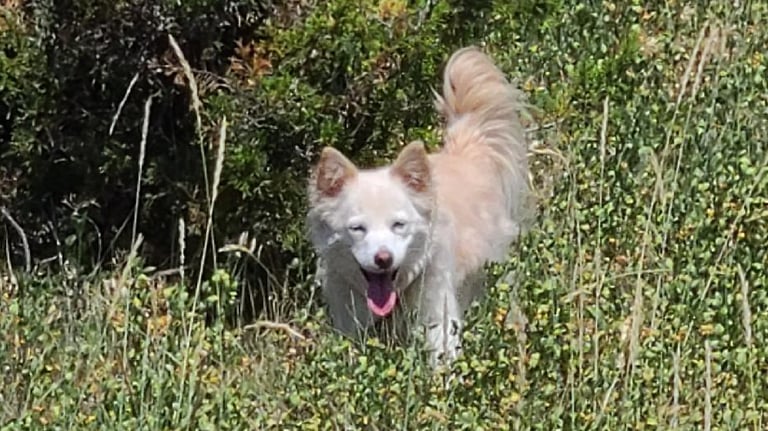

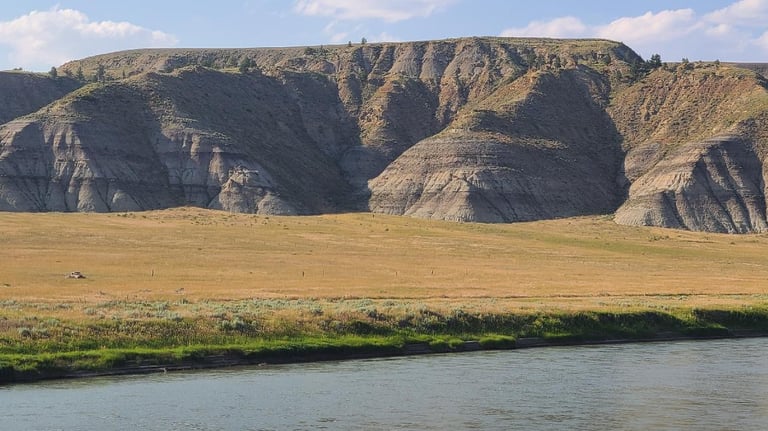

I’ve been told we are being too risky, going in a single vehicle where there is no cellular service, but what did anyone do before cellphones? What if we encounter fierce wildlife? Or get injured? Life is too short for all of these limits we put on ourselves. I choose to takes these risks to feel like I am experiencing a broader life than I ever imagined, especially while living with chronic pain and limited mobility. We are mildly prepared by having things in the truck to get us through a night or two. Should something happen, I can honestly say I was trying to enjoy this life while I can. In a few years, maybe less, I might not be able to.
Living our best life now, while we are here, while we still can. I hope you can, and are, making the most of yours.
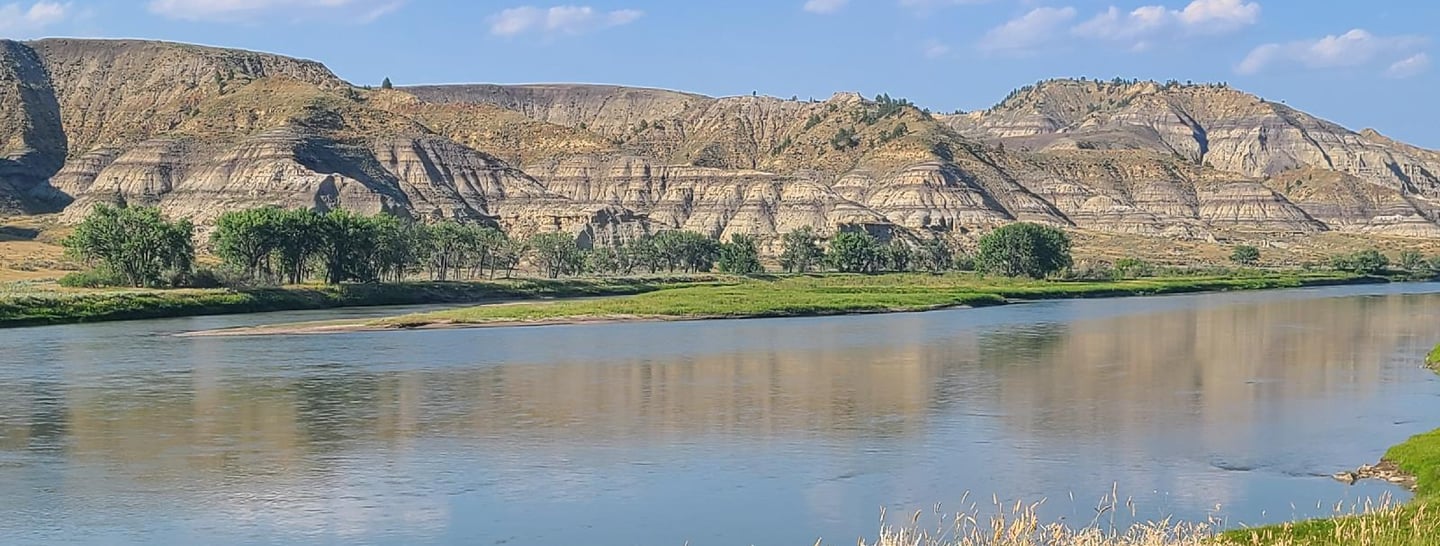

Share your comments on Facebook or email us at roadfronts@gmail.com
Subscribe for monthly updates
Current location:
